Developing a brand architecture
Strategically creating a brand hierarchy, also known as brand architecture, is an essential part of forming a strong B2B or B2C brand and one with longevity. Developing a brand architecture manages and organises the service portfolio and product lines. This carefully balances the relationship between them in a way that is easy for customer to relate too and understand. “The structure of your products and services should be a beautifully simple structure that will result in reinforced customer love and brand loyalty”.
Not all businesses need very detailed product or service structures. However, employing this strategy and streamlining a portfolio early, provides multiple benefits not only to the corporate group as a whole, but also to their customers.
The five brand architecture models
There are five brand portfolio approaches: “Branded House”, “Sub–brands”, “Endorsed Brands”, “House of Brands” and “Hybrid Brands”. All models should be considered when developing and managing an organisation’s brand architecture. Decide how closely you want to associate your subsidiaries’ brands or products to your parent brand is key. Make sure every company, product or service that needs a brand gets a brand – but be careful of getting trigger happy. It’s all about deliberate, intuitive allocation.
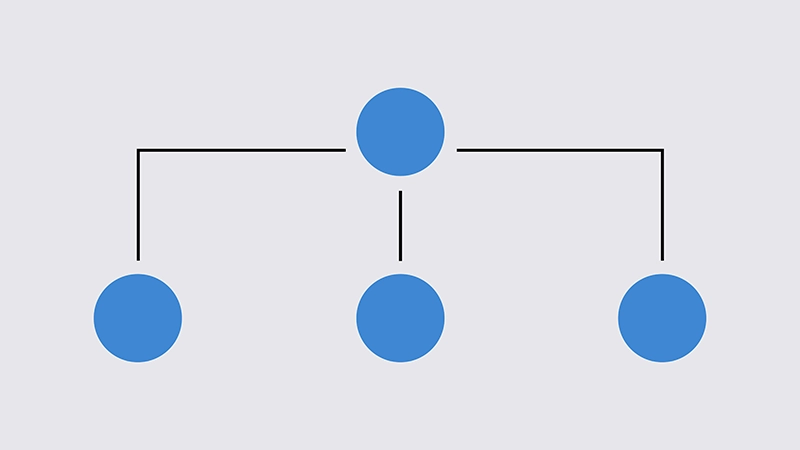
Branded House
This model emphasizes a single master brand, that sits over of the other brands within an organisation. This is a particularly good option when the products are in the same category or offer a similar set of benefits. Apple, FedEx, Google, Virgin, GE and the BBC are examples of the branded house approach.
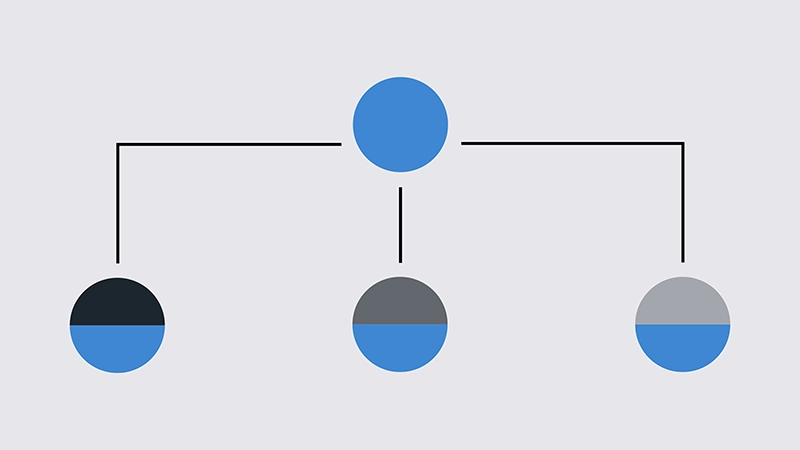
Sub-brands
A sub-brand is part of a larger brand or master brand. Sub-brands are often created to target specific market segments or to offer new products or services that are different from the master brand. These sub-brands are all part of the master brand, but they have their own unique identities and target different market segments.
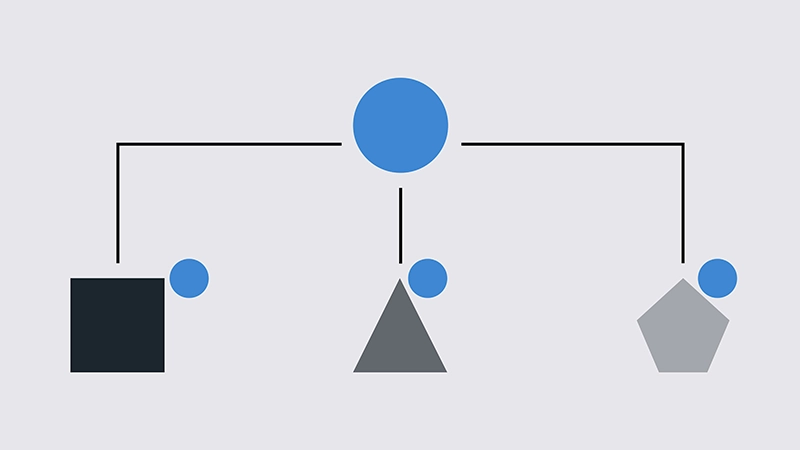
Endorsed Brands
Here the brand structure is characterized by a series of individual products, each with its own unique brand and positioning, that also feature a well-known company name as a means of endorsing quality and leveraging brand awareness to motivate purchases. For example Marriot International, Piksel group and Coca-Cola.
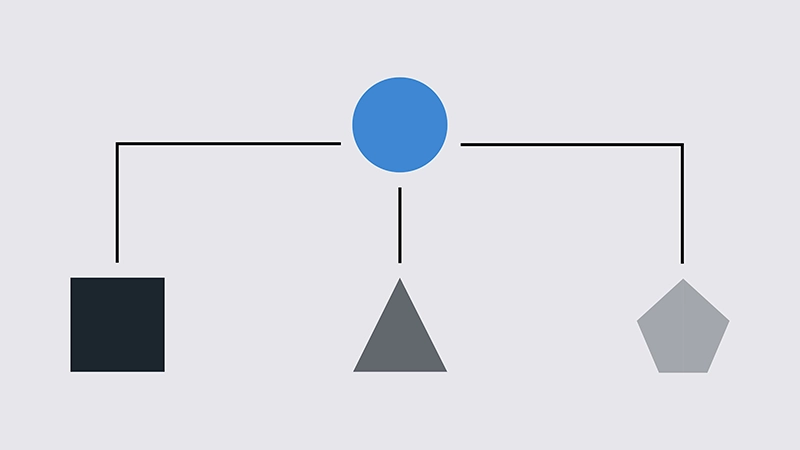
House of Brands
Are designed to stand entirely on their own in the marketplace. This allows an organisation to develop a portfolio of brands, each with a unique brand positioning tailored to a particular product or market segment. General Motors, Procter & Gamble and Unilever – and their family of brands is considered a house of brands example.
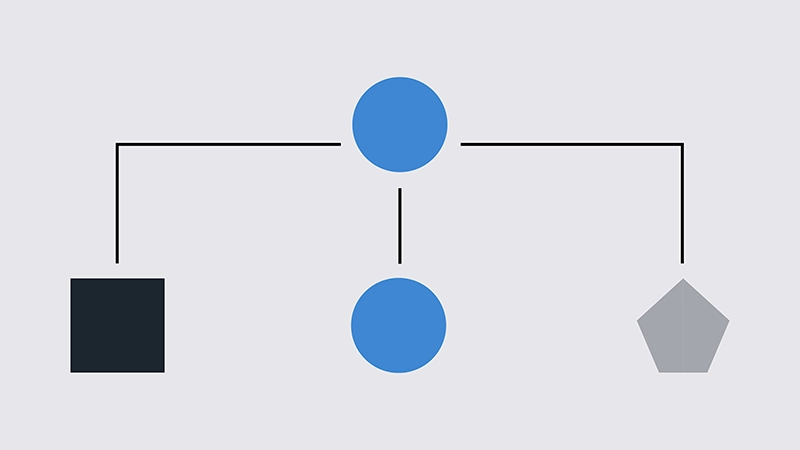
Hybrid Brands
This model of architecture is often used by companies that want to leverage the strengths of multiple approaches. A hybrid brand is a type of brand architecture that combines elements of both branded houses and houses of brands.
Exploring brand architecture models:
The key is to consider how each of the brand portfolio and naming models might work for your organisation. In reality the right answer is really dependent on the organisation’s unique situation in the market, its offering and its clients’ needs. Identifying the pros and cons to each framework is essential.
